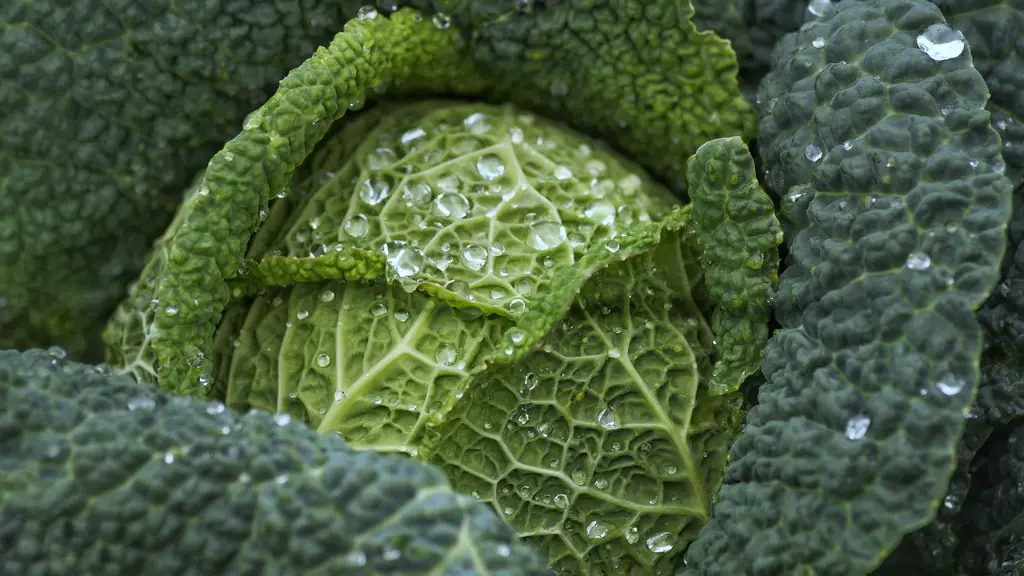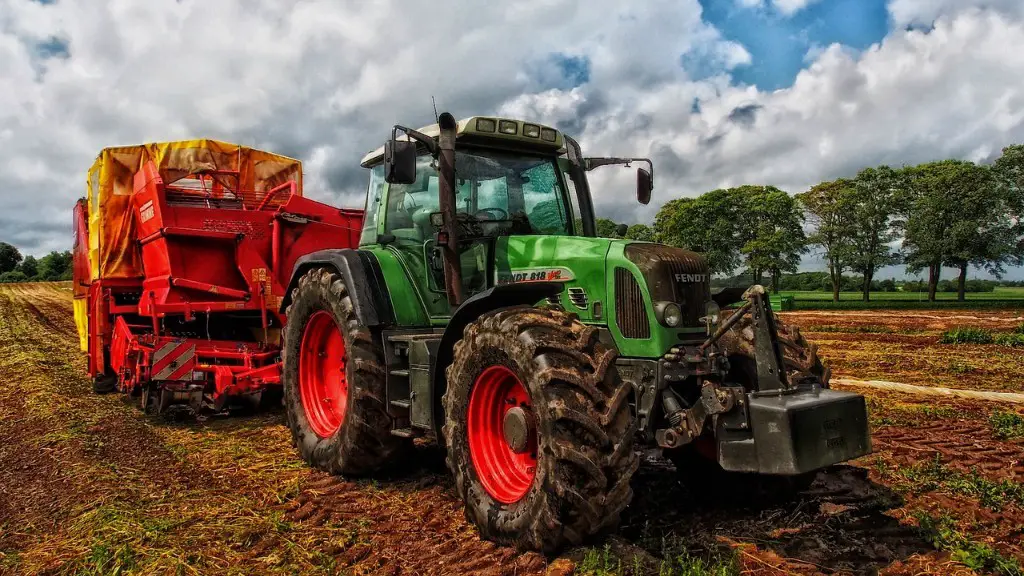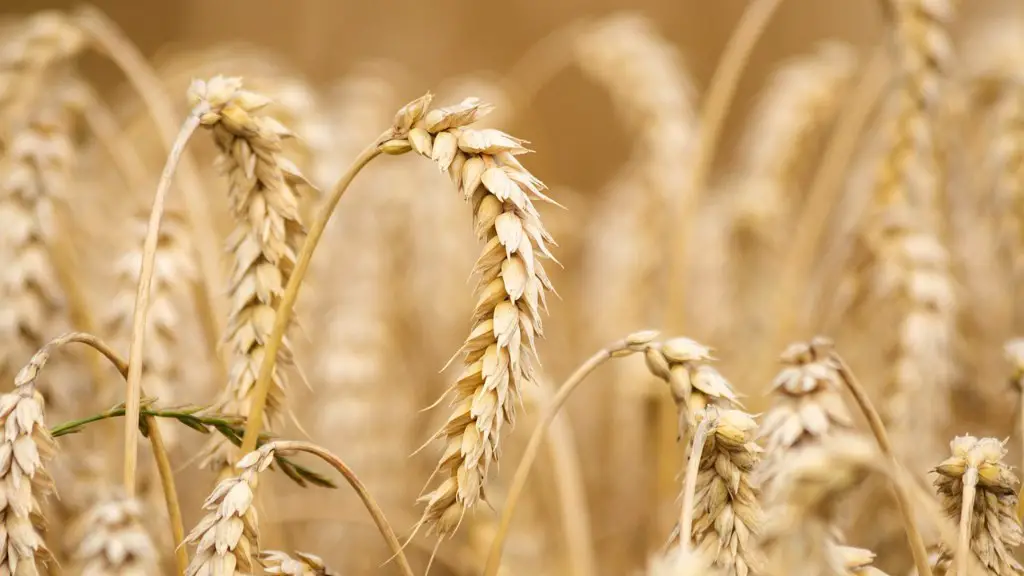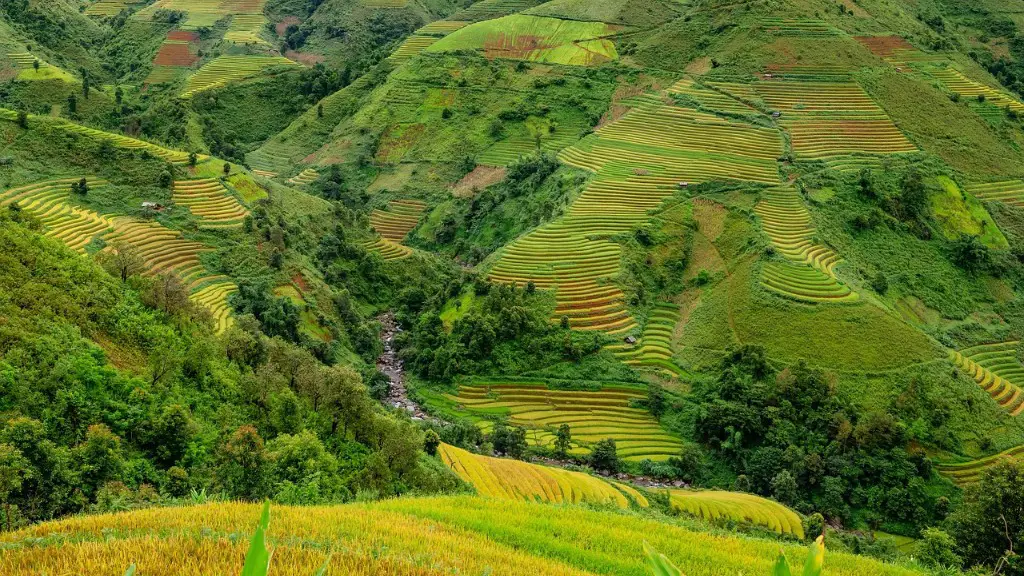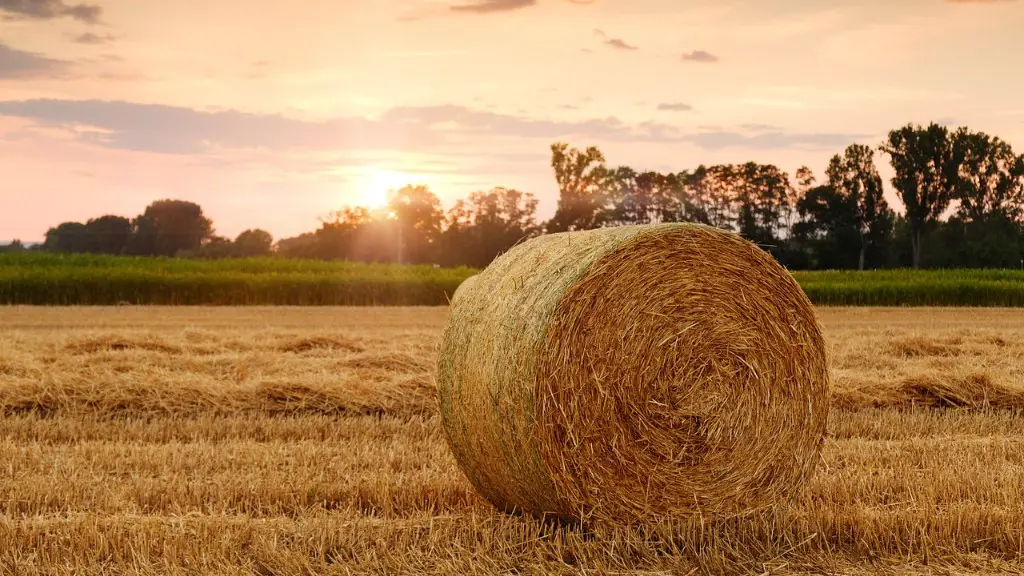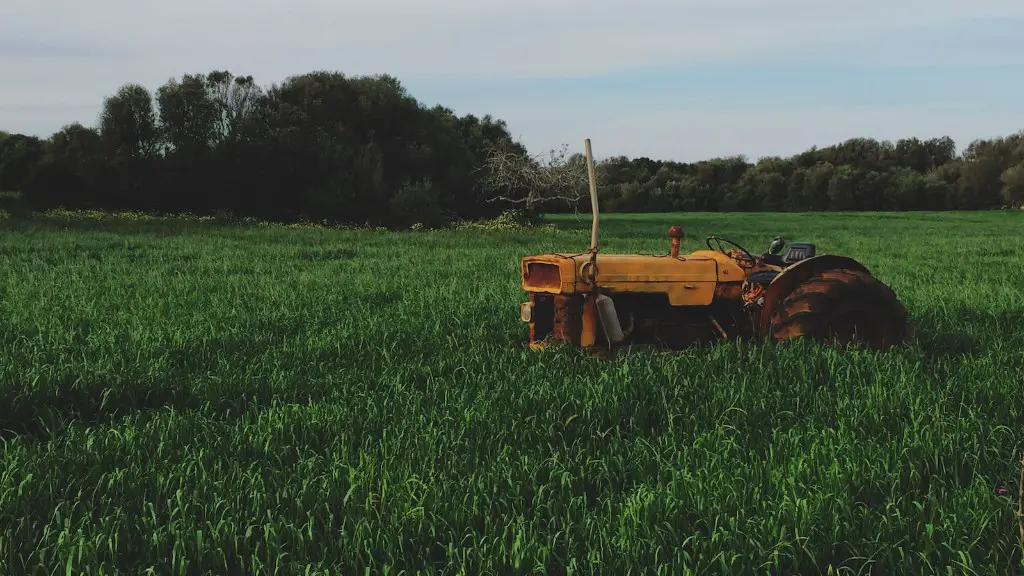Subsistence agriculture is a form of agricultural production where the primary objective is to provide self-sufficient sustenance for the grower’s family, rather than producing a surplus for sale. This is practiced in many different parts of the world. It is an integral part of the subsistence economy, which refers to the part of an economy that is not devoted to producing items for sale in markets.
In many areas of the world, subsistence farming is a way of life and provides the means for communities to survive. Common subsistence crops include cassava, maize, sweet potato, and millet. Generally, the land used for subsistence farming is owned by the family and is not rented or bought. Subsistence farming is practiced in many different climates, from tropical to arctic.
In many societies, subsistence farming is of great importance, providing food security and allowing individuals and families to become autonomous. It is also a means of providing economic stability in remote regions and preserving traditional cultures. In addition, subsistence agriculture can supply people with a variety of crops, oils and dairy products needed for survival.
Subsistence farming is especially prevalent in many parts of Africa, since the harsh climate of that continent makes it difficult for commercial agriculture to thrive. In many developing countries, subsistence farming is the main agricultural activity and is particularly important in rural areas, where people do not have access to markets or other means of economic survival.
In Latin America, subsistence farming has been the normal way of life for centuries. It is the cornerstone of economies in many remote regions, and is especially important in areas where the soil is unsuitable for commercial farming. In South America, subsistence farmers can be found in the Amazon Rainforest, providing food and basic necessities to the indigenous people. In Mexico, subsistence farmers in small communities produce much of their own food and export what they don’t need to other areas of the country.
In Asia, subsistence farming is a way of life in many rural regions. It is the main source of food for the population in some parts of India, especially in the mountainous regions of the north. In China, subsistence farmers in remote areas produce much of their own food and sell the surplus at local markets. In the Philippines, subsistence farming is widespread, particularly in the small villages in the mountainous regions.
In conclusion, subsistence agriculture is practiced in many parts of the world, and is an essential part of life in many rural communities. It provides a way for people to survive and thrive, by producing their own food and other necessities, without relying on markets or other outside forces.
Africa
Subsistence farming is an important way of life in many parts of Africa, providing food security and economic stability to rural communities. Most subsistence crops are grown on family-owned land, including maize, millet, cassava, and sweet potatoes. These crops are suited to the harsh climate of the continent, allowing families to produce enough food to feed themselves. Subsistence farming is a way of preserving traditional cultures in many remote regions, and also provides a source of income to small-scale farmers in some areas who can sell any surplus produce in the local market.
In many African countries, subsistence farming is of particular importance in areas where the soil is unsuitable for commercial farming. Subsistence farming provides food security for the population, and allows people to become autonomous, without relying on the market or other external sources for their food. In addition, subsistence farming often creates employment opportunities for local people, as there is a need for manual labor such as planting, harvesting, and weeding.
In addition to providing food security, subsistence farming is an important part of the subsistence economy. This refers to the part of an economy that is not dedicated to producing goods for sale in the market. This includes subsistence farming, and other forms of small-scale farming such as homesteading and agroforestry.
Subsistence farmers often have a unique set of skills and knowledge that are passed down through generations. This includes knowledge of crop rotation, composting, pest management, and other sustainable farming practices.
In conclusion, subsistence farming is an integral part of life in many parts of Africa, contributing to food security, economic stability, and employment opportunities. It has been a way of life for centuries, and is still practiced today in many remote regions.
Latin America
Subsistence farming is an important part of life in many parts of Latin America. It has been practiced for centuries and is still the primary form of agricultural production in many remote areas. Common subsistence crops in Latin America include maize, beans, squash, potatoes, and sweet potatoes. In addition, many subsistence farmers in Latin America also engage in fishing, hunting, and foraging.
Subsistence farming is a way of life for many people in Latin America, allowing them to survive in challenging environments where the soil is unsuitable for other types of agriculture. In remote areas, it is the main source of food and other basic necessities. Subsistence farmers often sell their surplus produce in local markets, providing a source of income.
In addition, subsistence farmers in Latin America also have a unique set of skills and knowledge that they pass down through generations. This includes traditional farming knowledge and methods, such as composting and crop rotation, as well as knowledge of local wildlife and natural resources.
The subsistence economy is an important part of the Latin American economy, and provides a way for people to become autonomous and self-sufficient in remote regions. It is particularly important in areas where there is no access to markets or other means of economic survival.
In conclusion, subsistence farming is a way of life in many parts of Latin America, providing food security and economic stability to rural communities. It is a traditional way of life in the region, and is still practiced today in many remote areas.
Asia
Subsistence farming is a way of life for many people in Asia, providing food security and a way for communities to become autonomous. Subsistence crops vary from region to region, but usually include crops such as sweet potatoes, cassava, millet, and maize. Subsistence farmers often supplement their diet with wild fruits, vegetables, and herbs.
Subsistence farming is especially prevalent in India, providing food security for its population in many of the rural and mountainous regions of the country. In India, it is estimated that subsistence farming provides food for roughly 11% of its population. In addition, subsistence farmers in India often sell their surplus produce in local markets, providing a source of income.
In China, subsistence farmers are found in many rural areas, and are particularly prevalent in the alpine areas of the country. Subsistence farms can also be found in other parts of Asia, such as Japan, the Philippines, and Indonesia. These areas often have harsh climates that make it impossible for large-scale commercial farming to thrive.
Subsistence farmers in Asia often have a unique set of skills and knowledge that they pass down through generations. This includes traditional farming knowledge, such as crop rotation, composting, and pest management. In addition, subsistence farmers also possess knowledge of local wildlife and natural resources, which allow them to make the most of their land and resources.
In conclusion, subsistence farming is an essential part of many rural communities in Asia, providing food security and economic stability. It is a traditional way of life in many parts of the region, and is still practiced today in many remote areas.
